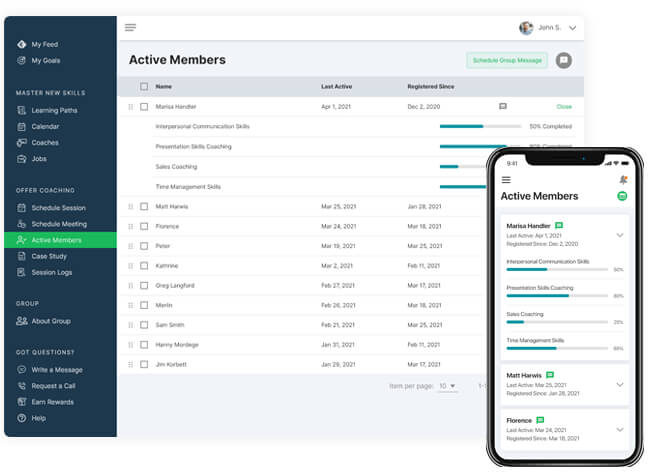Since employees have the greatest influence and potential to drive success in your brand advocacy program, then the initial focus must be gaining internal ownership from within.
What are the objectives for your advocacy program? Do you want to increase sales? Perhaps you can incentivize employees to advocate for sales deals that lead to higher quality referrals and leads? As with any program launched inside a business, what resources are available and what is your budget?
How will your organization get your workforce to buy-in? What messaging and internal communication methods will you use? You will have to be creative in your approach. What would help answer an employee’s question of “what’s in it for me?” Well, what if you said advocating for the company can also expand your personal brand as well as helping the company’s? Framing the initiative as a win-win is always a good idea to build strength amongst the workforce.
While it’s true that younger generations in the workforce will have a much better grasp on how brand advocacy through social media works, the fact remains that there still may be confusion as to what is appropriate to share, and how to do it. Policies must be clear, easy to follow guidelines must be created. Short, bite sized training content that goes over best practices and pitfalls is a great way to build awareness.
- Create Interesting Content
This seems obvious but it’s really important! The last thing you want to have happen is gain buy-in from your workforce only to have poor quality and lackluster content for them to share and post. Content should be fun, catchy, relevant and interesting – this is what will drive engagement for your brand after all. What strategies for content will you utilize? It’s a great idea to pilot test the content out with your workforce first and ask for feedback before going live.
Another pitfall that can derail brand advocacy is ease of access. Employees will need a fluid method for easy sharing internal content with external partners and networks. Integration is key. The more accessible and easy to connect, the better the results. Today’s social media competition is about speed. Think seconds, not minutes. Employees need the ability to share things quickly and without too much effort. Clunky interfacing and incompatible media will suffocate brand advocacy quickly.
It’s in your best interest to provide some sort of reward and recognition system in place in order to motivate your advocates. Remember, you want your employees to perform specific behaviors and take action on behalf of the company – so show them you appreciate their effort.












